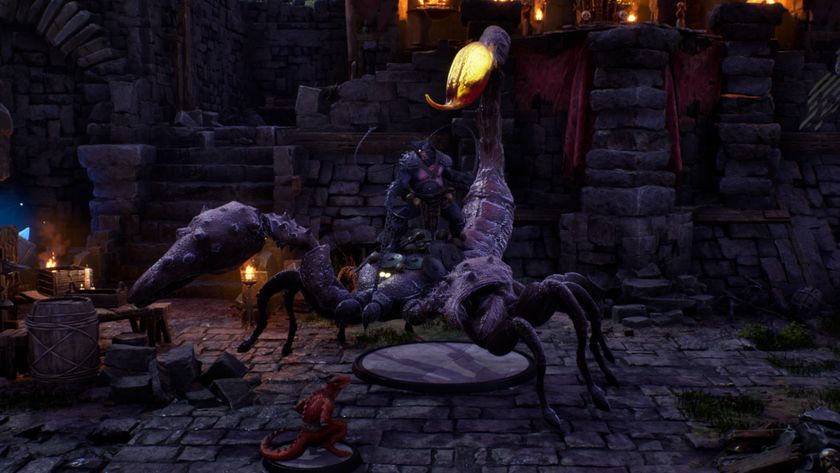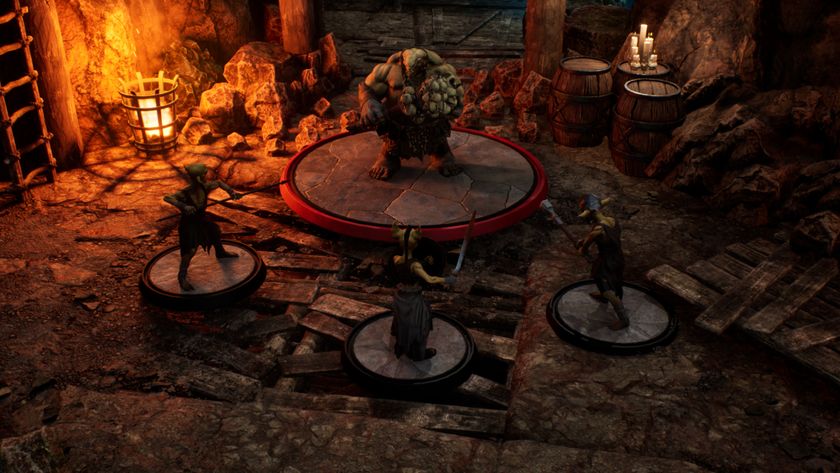Van Richten's Guide to Ravenloft is a D&D horror masterclass you need on your shelf
This is essential reading for Dungeon Masters everywhere - find out why with our Van Richten's Guide to Ravenloft review in progress
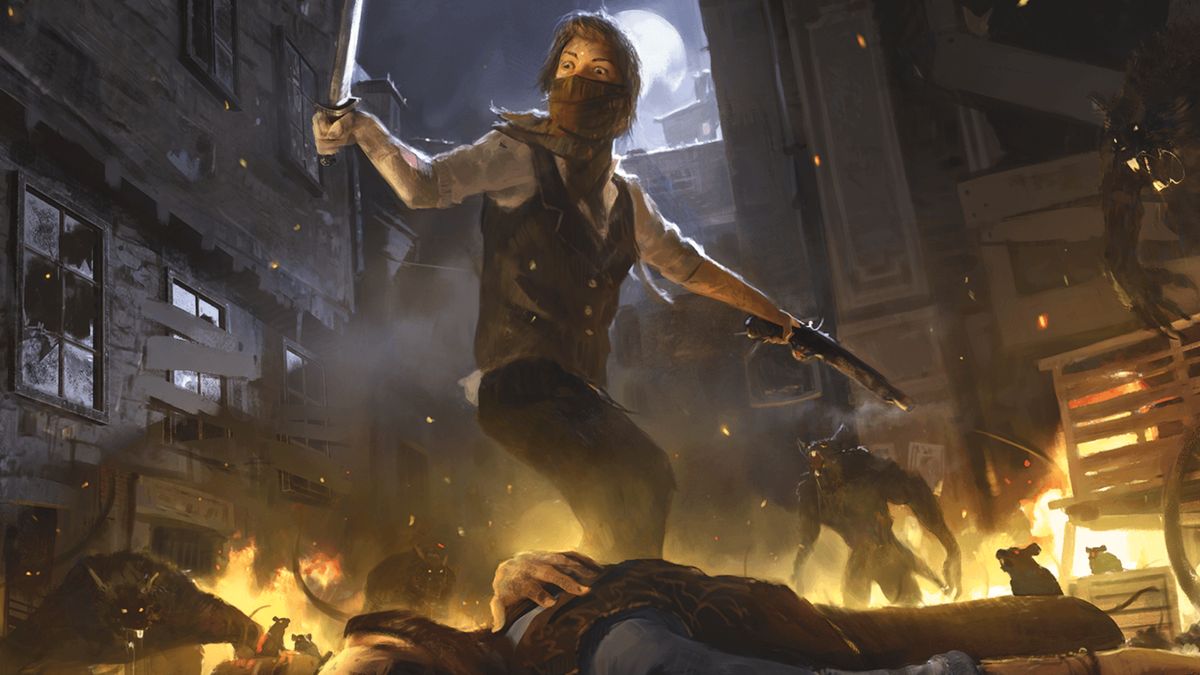
Van Richten's Guide to Ravenloft is messed up. In fact, it's depraved. But that's a good thing. This D&D sourcebook is a masterclass in horror, and it weaves cliches into unsettling new shapes.
Much like Tasha's Cauldron of Everything or Candlekeep Mysteries, it's overflowing with barely-contained creativity as well. Despite rattling through genres on a whistlestop tour of everything that scares us, the worldbuilding in Van Richten's Guide to Ravenloft is second to none. This is Dungeons and Dragons at its best.
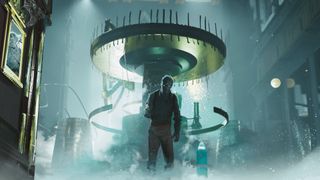
Ravenloft is one of D&D's most enduring locales, but we don't often get to step beyond the lands of arch-vampire Strahd Von Sarovitch (an homage to Dracula that was created during the 80s and revitalized in Curse of Strahd Revamped). Van Richten's Guide changes that. It resurrects many of the horror-themed realms inspired by Ravenloft, all while adding to them with new ideas that go beyond gothic influences.
It resurrects many of the horror-themed realms inspired by Ravenloft, all while adding to them with new ideas
Collectively known as the 'Domains of Dread', they serve two purposes. In-universe, they're pocket-dimensions that act as a prison for the game's most dangerous villains. For us, they're a playground based on specific tropes. Want Wicker Man creepiness or cosmic, Cthulhu-style shenanigans to screw with your party? It's all here.
Better ways of creating horror
Van Richten's Guide doesn't threaten horror burnout either. It could have become repetitive at 200 pages long and after almost 40 unique Domains, but each one is given a unique flavor that helps it stick in the mind. Plus, it isn't just exposition. Every realm has an abundance of quest hooks to draw inspiration from, and many of these could sustain full-blown adventures (including a kid who goes missing in the impossibly large space under their bed and abductions that characters can barely recall). None exceed three or four pages, though - you get just enough to whet your appetite without being overwhelmed by fluff.
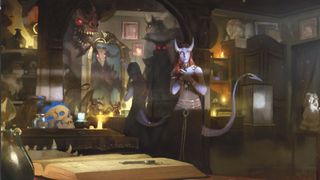
The same is true of the book's tips for creating your own Domains, not to mention advice on making horror-inspired adventurers. Van Richten's Guide to Ravenloft could have gone overboard with detail, but it opts for a more focused approach instead that emphasises the most evocative - yet most flexible - origin stories.
You get just enough to whet your appetite
It's equally thoughtful about stereotypes. More specifically, it calls out harmful takes on mental illness and disability before providing better ways of creating horror stories that don't punch down. Developer Wizards of the Coast has been open about its mission to be more inclusive, and it continues to make good on that promise.
Sign up to the 12DOVE Newsletter
Weekly digests, tales from the communities you love, and more
What we're left with is one of the best Dungeons and Dragons books so far; it allows the game to grow in exciting new directions, all while breathing new life into one of the best tabletop RPGs that's been around for decades.

I've been writing about games in one form or another since 2012, and now manage 12DOVE's tabletop gaming and toy coverage. You'll find my grubby paws on everything from board game reviews to the latest Lego news.
Most Popular




